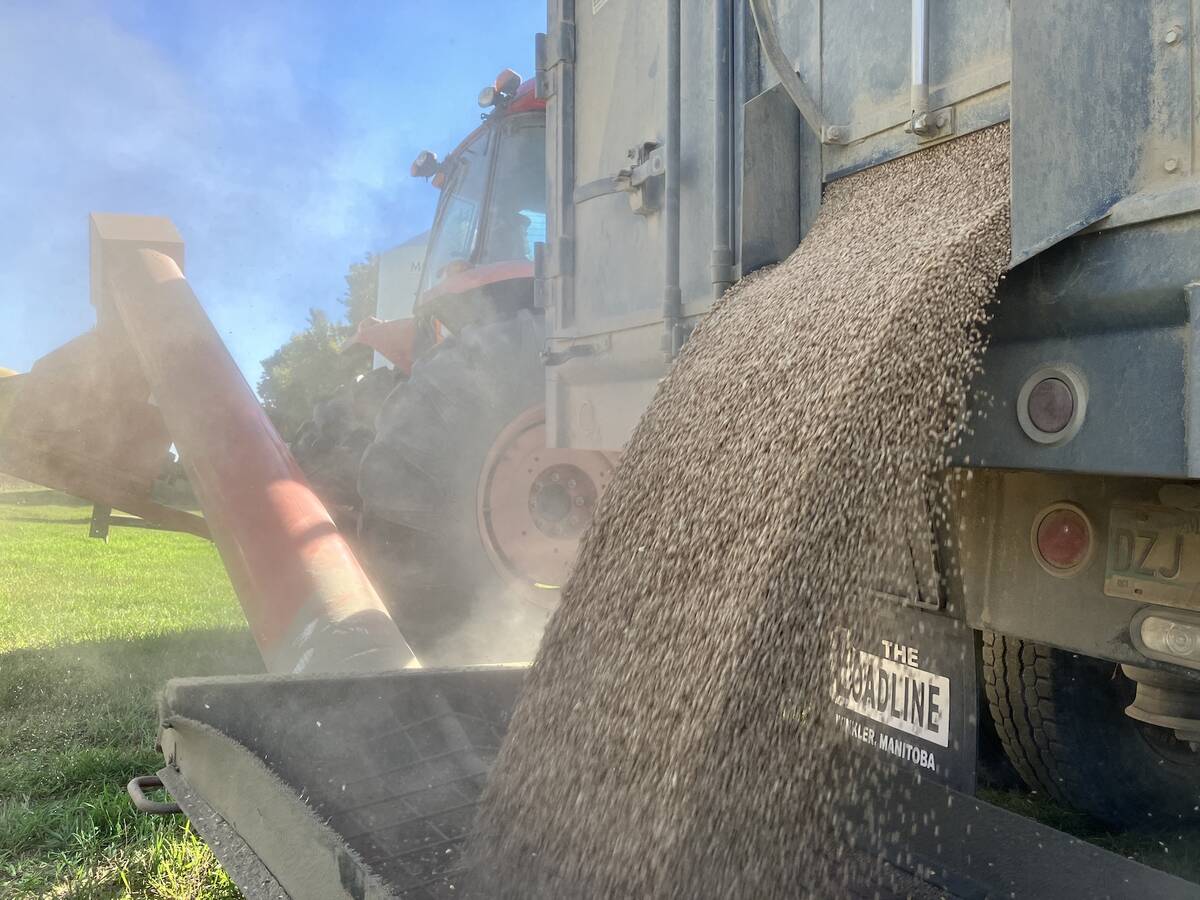The ICE Futures canola market held rangebound through the first half of October after running into the top end of its months-long trading range. There are plenty of reasons why canola could break higher, but the market doesn’t operate in a vacuum and continued steadiness or even a move lower are also possibilities.
The nearby November contract was consistently running into resistance around $875 per tonne but was also hard-pressed to move lower, with nearby support coming in at around $850. With seasonal harvest pressure waning, extremely wide crush margins continue to make the best case for why canola prices could move higher.
The nearby margins remain well over $200 per tonne above the futures, which means that for every tonne of canola crushed, processors are making that much in profits from selling the oil and meal.
Read Also

Riding market swings can add farm profit
Regular price trends in the grain market can help farmers pinpoint how and when to sell their grain with more confidence, analyst says
The reported margins are more an indicator than the actual market, but historical reported values are closer to $100 than $200, implying that canola futures could move up by $100 from current levels and still be considered attractively priced.
However, that spread could also narrow into more sustainable levels if vegetable oil and meal prices fell, and the futures held steady or declined at a slower pace. Exchange rate adjustments could also be a factor, with the latest weakness in the Canadian dollar relative to its U.S. counterpart accounting for a sizeable percentage of the margins.
Any weakness in the currency is usually good for exports, with movement on that front slowly picking up steam. While canola exports to date, at 729,600 tonnes, are still running about 25 per cent behind the year-ago pace through the first 10 weeks of the 2022-23 marketing year, new-crop supplies have only been available for about half of that time. Farmer deliveries have been solid in recent weeks, and offshore movement is also expected to increase.
Demand from domestic processors remains strong given the extremely profitable margins.
In the U.S., corn and soybean harvests are still in their early stages, although relatively favourable conditions should see the progress numbers ramp up over the next few weeks. Updated supply/demand estimates from the U.S. Department of Agriculture included downward revisions to both corn and soybean yields in the country. The data was in line with expectations for corn, but gave the soybean market a boost as average pre-report guesses had been for a steady-to-higher reading.
For wheat, U.S. farmers were busy seeding next year’s winter wheat crop, although persistent dryness in the southern Plains raised concerns over germination ahead of the freeze.
The escalating conflict in Ukraine was at the forefront of the wheat trade, with any talk of disrupting grain movement out of the region giving the market a boost.
















